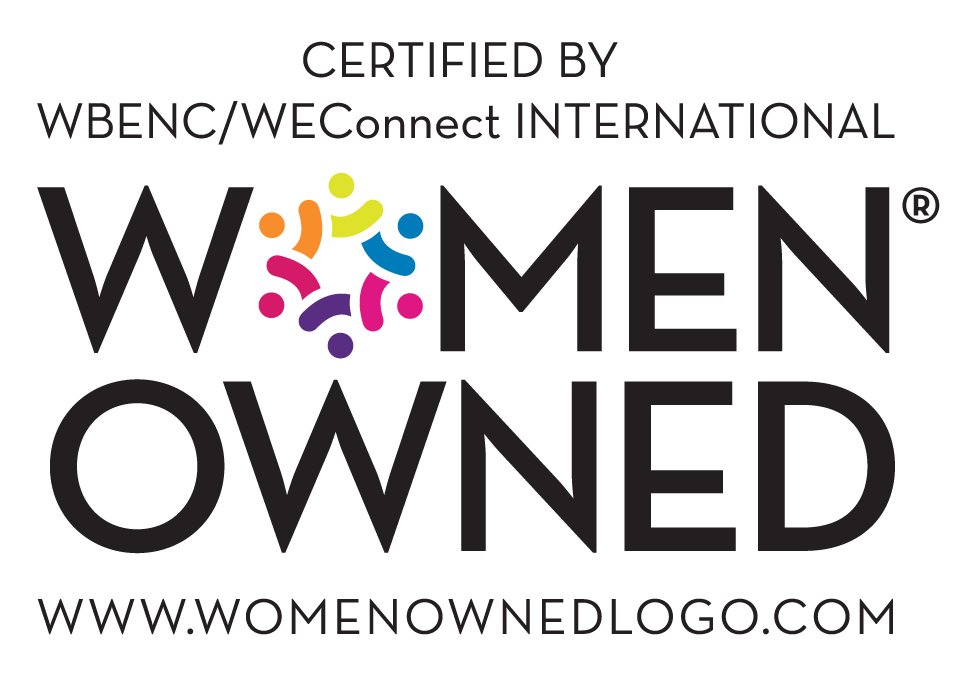Part 2 of a 5-part series on becoming and staying a curious leader.
The intentionality of acquiring new information or learning creates a competitive advantage. Organizational learning can range from accidental to intentional. This series discusses three stances of learning: completion, performance, and development.
Performance Stance
In the performance stance, the employee thinks about how to perform the task well while doing it. It is the balance between speed and quality. However, how to do the job better is not the goal; it is a byproduct of doing the task. In a performance stance, the person simply tries harder in the same old way, but undermines the continual learning process.
Individuals experience feelings of success once they have reached an “expert” level in their role and are rewarded for doing their job well enough. Nonetheless, any learning acquired here is still considered incidental because it lacks intentionality. There is no vertical or horizontal alignment to other roles. Employees are not researching new information that may impact how the role should be carried out. Being intentional requires time that employees sometimes do not have.
Therefore, for new learning to take place, time and a reflective culture must be built into the structure of the organization. An outside perspective can often pinpoint areas where operations are inefficient.
Development Stance
The development stance is where intentional learning takes place. In this stance, an individual may take on a task a little beyond their current skill level. Individuals may also develop strategies helpful for future work or actively map out how to do the job better in the future. In the absence of intentional learning, companies repeat old practices and make cosmetic or short-lived changes.
Risk-averse individuals do not thrive in the development stance, because it requires you to try new things. This stance takes with it the risk of failure. This boldness is especially difficult if working in a competitive environment where you see peers as competitors as opposed to team members. Because of the risk of misinterpreting comments as judgment or undermining, employees miss the opportunity to learn through tactics like peer feedback or mentoring.
According to Peter Senge’s The Fifth Discipline, in an ideal world, organizations where learners adopt a development stance, are where “new and expansive patterns of thinking are nurtured.” Unfortunately, the investment required to get these “new and expansive patterns of thinking” prevents many organizations from moving to this development stance. Leaders can start to show a preference for the development stance through reward systems or modeling behaviors before putting systems in place.
When thinking of systems, one formal practice organizations use is a Plan Do Study Act (PDSA), also known as Prepare Act Review Reflect (PARR), or any other industry appropriate variation. These practices force individuals to think deeply about their work. These approaches follow a continuous improvement framework, where individuals think about the next iteration of the project they’re working on. Some companies even have positions like Chief Learning Officer and Chief Knowledge Officer. The Chief Learning Officer is responsible for learning what is most necessary and useful. The Chief Knowledge Officer is responsible for the dissemination of information. These two roles show that businesses recognize the challenge of acquiring new and appropriate information as well as the difficulty of disseminating that information throughout the company.
Unfortunately, not every organization can afford these roles; they then have the option of increasing the learning power of their staff and developing structures for sharing and transferring knowledge.
What are some steps that you can take to show your team that learning is valued? What are some ways you can begin formalizing the process of learning at your organization?




